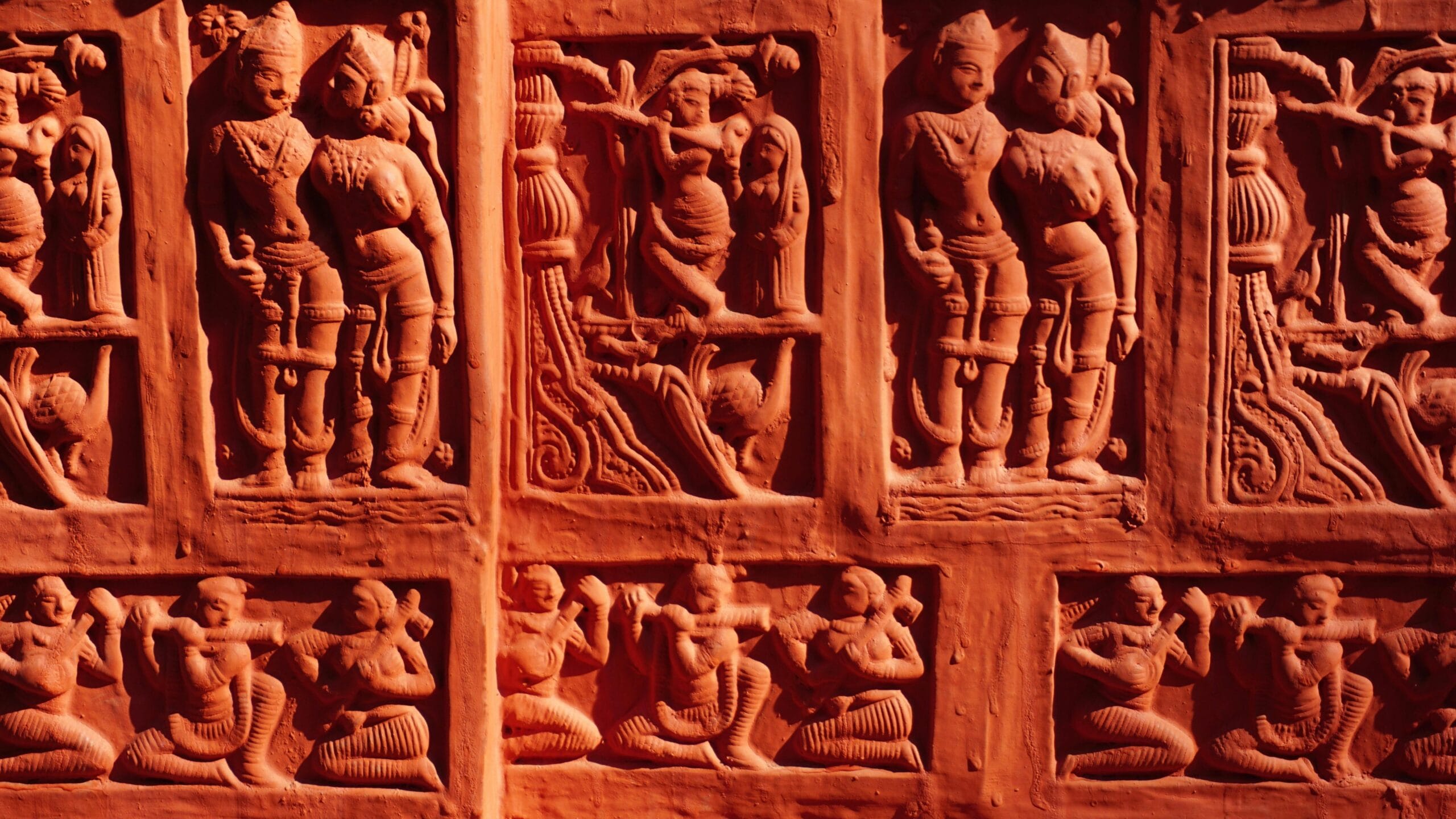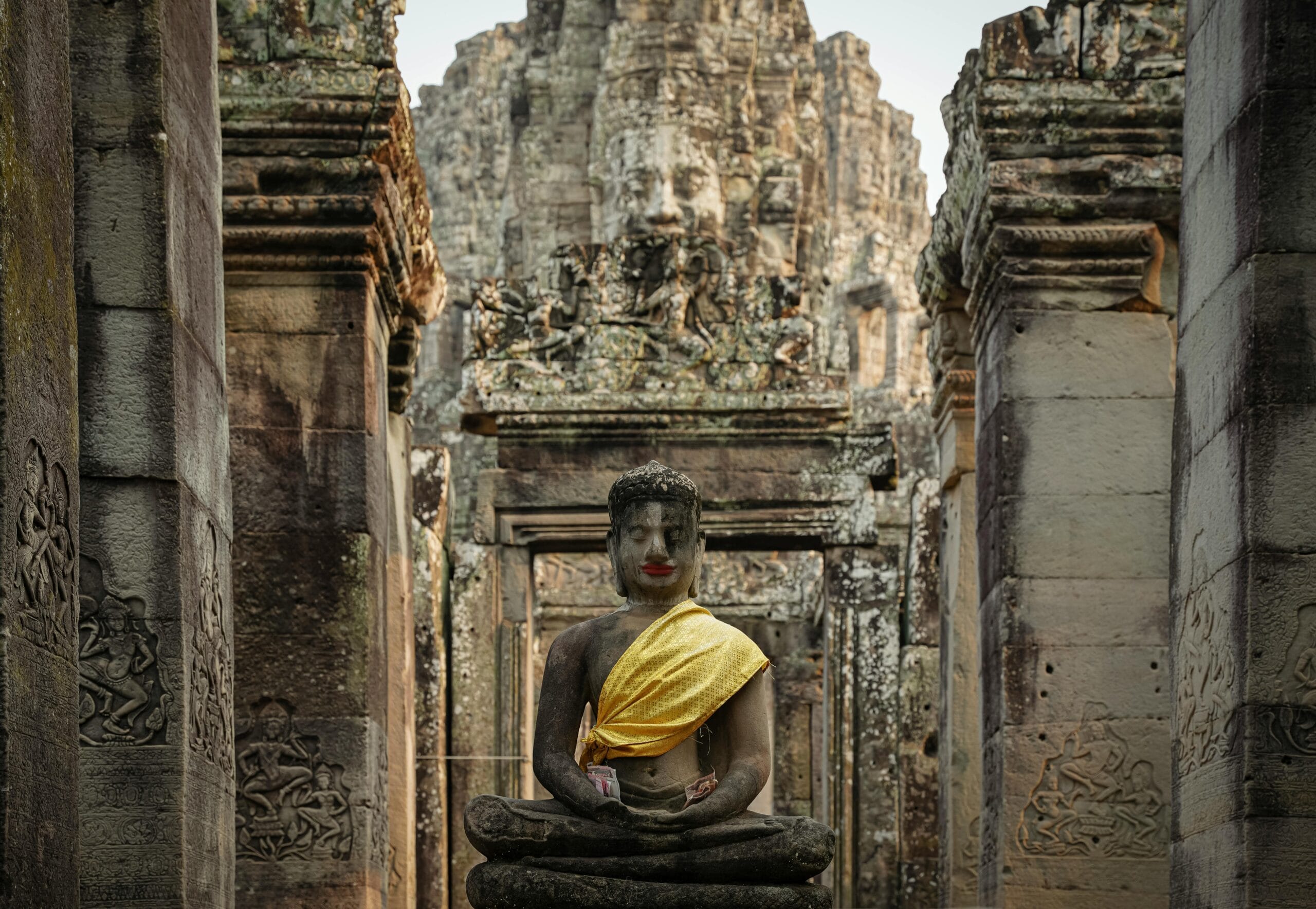The story of Khatu Shyam Baba, a deity worshipped in Rajasthan, is steeped in layers of history and religious narrative. While devotees flock to the temple believed to house his idol, a closer look at the historical and religious claims surrounding Khatu Shyam reveals a complex tapestry of beliefs, temple construction timelines, and questions of societal influence. The Khatu Shyam Controversy is a topic that demands careful examination.
This article delves into the origins of Khatu Shyam, the temple’s history, and the narratives surrounding the deity. We will explore the discrepancies and lack of evidence in claims made by its official website and religious texts. This will be done by analysing historical references, stories, and archeological facts to see the true picture.
- Disclaimer
- Introduction
- Location of Khatu Shyam Temple
- The Idol of Khatu Shyam Baba
- Temple Construction and Historical Context
- The Origin of the Deity
- Theology and Beliefs
- Official Website Narrative
- Recent Events and Concerns
- What can you do?
Disclaimer: Before diving deep into the article, let’s discuss a few terms that will be repeatedly used. Please note that these meanings are as per the context of the article and may differ in general use
- Brahmin: In the context of this article, Brahmin refers to a member of the highest caste in the traditional Hindu social hierarchy. It also represents the related thoughts and ideologies.
- Shudra: Shudra refers to the lowest rank of the traditional Hindu social hierarchy.
Introduction: The Enigmatic Khatu Shyam
Today, we will discuss the deity Khatu Shyam Baba, whose worship is widespread. Khatu Shyam, as per the narrative, is said to have originated with a temple built in the tenth century.
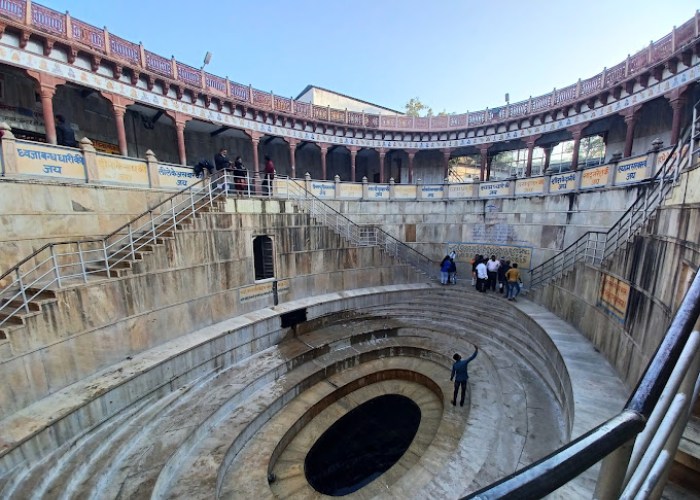
However, the modern temple we see today was constructed much later, around 1700 AD. It is propagated that the idol inside is Khatu Shyam, named so because it was found in the Khatu region, and Shyam connects it to Krishna, to give it a Hindu connection.

The Khatu Shyam narrative is used to exploit society by promising fulfillment of wishes and solutions to problems, perpetuating a system akin to corruption, where devotion and offerings are believed to guarantee success. One might ask, is this faith or exploitation?
Location of Khatu Shyam Temple
The Khatu Shyam temple is located in Rajasthan. Rajasthan itself lies in the northwestern part of India. The specific location is in the Sikar district, making it a prominent pilgrimage site in the region.
The Idol of Khatu Shyam Baba
The idol worshipped as Khatu Shyam is essentially a head, elaborately decorated with flowers and ornaments, with the rest of the body not visible.
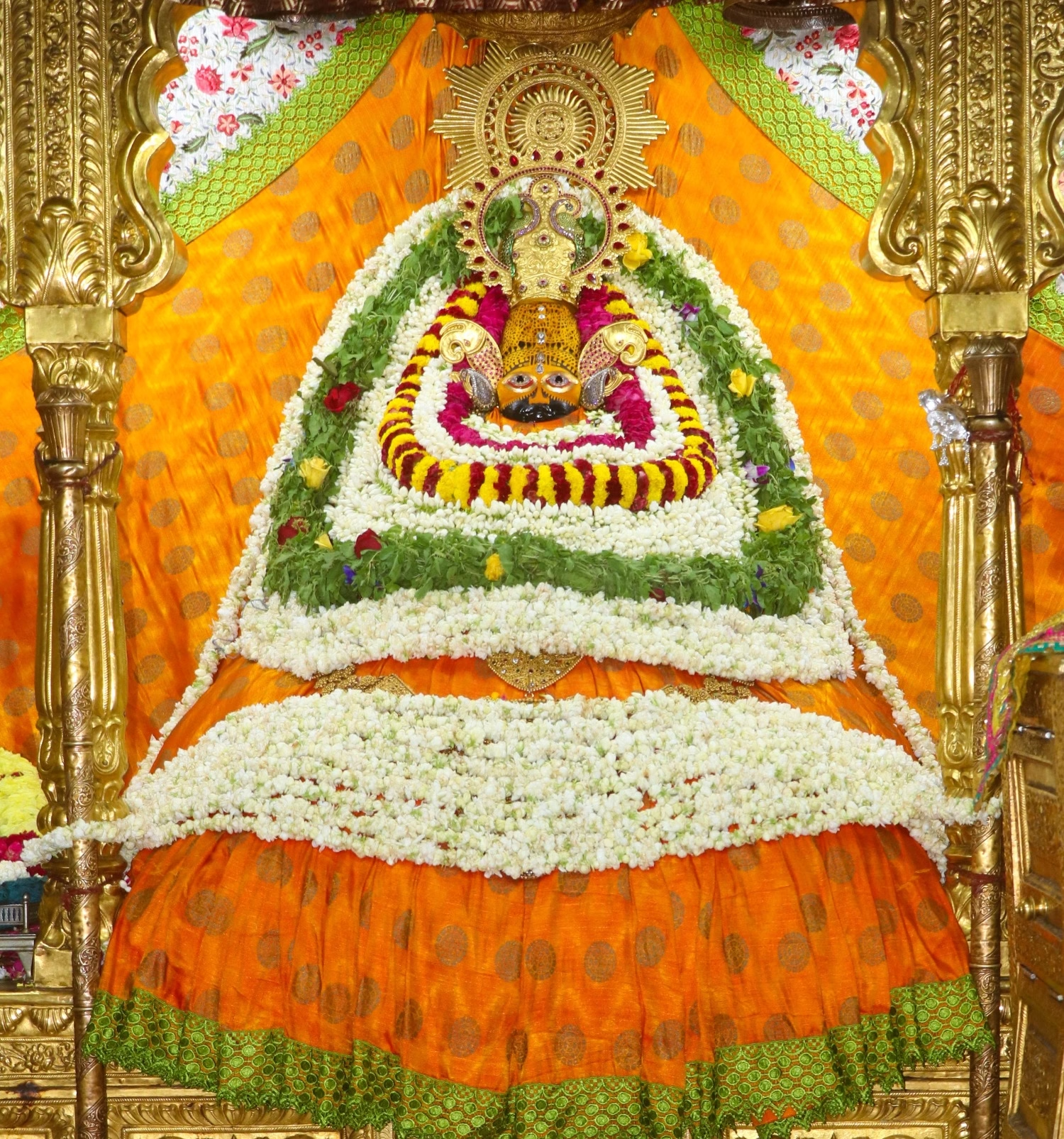

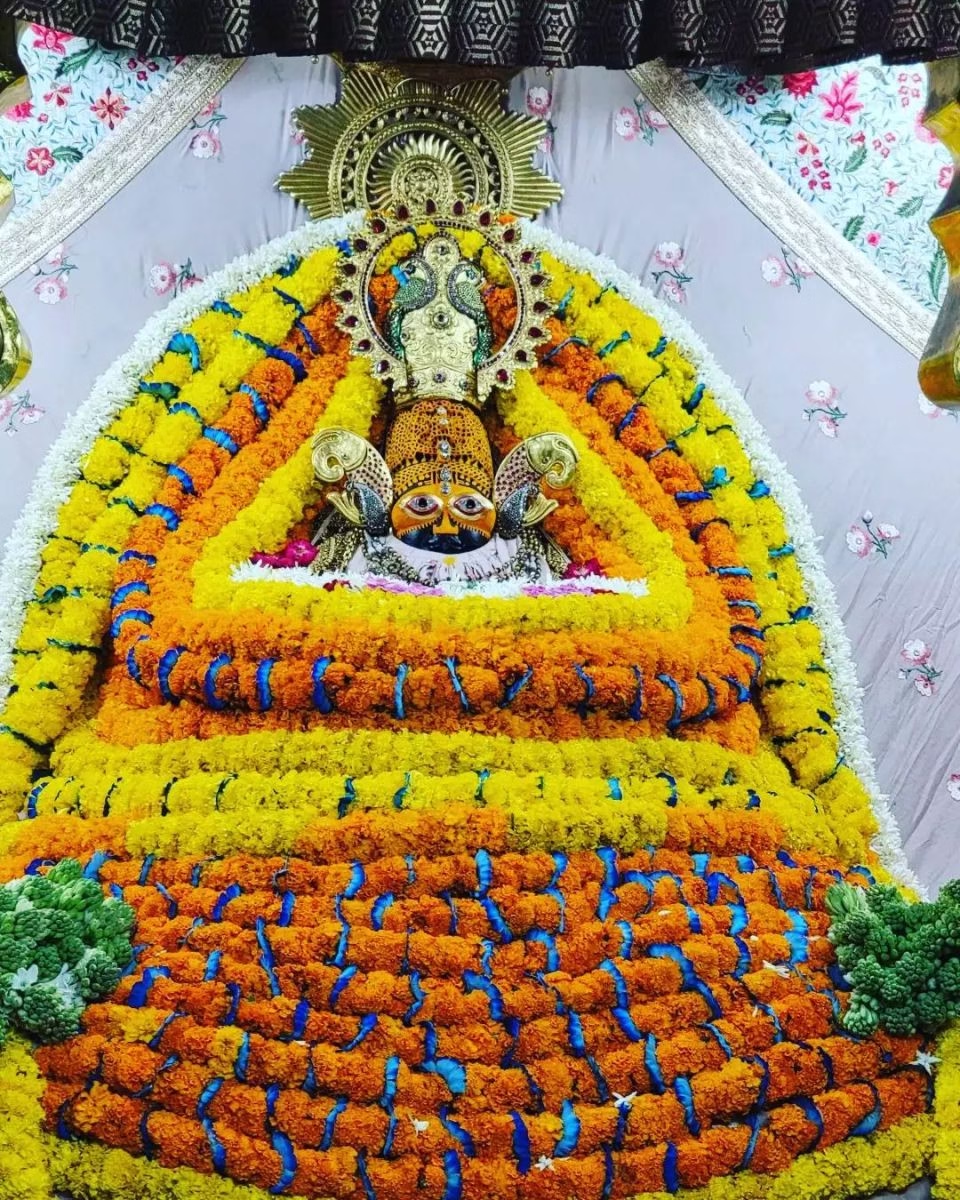

This leads to questions about the origin and significance of the head, and the stories behind it, drawn from Hindu religious texts.
Temple Construction and Historical Context
The Khatu Shyam Temple’s history is a mix of claims and facts. Colonial rulers were present when the temple was built. Stories link its origin to the Mahabharata. Questions arise about rulers building temples during times of subjugation and the selective appropriation of narratives from ancient texts.
The Mahabharata Connection
The official narrative connects Khatu Shyam to Barbarik, a character from the Mahabharata. The website states that it is from the time of the Mahabharata.

The origin story of Khatu Shyam comes from the Mahabharata. However, no concrete proof exists for the Mahabharata, nor is its time period known. This raises the question: Why was there no mention of this deity in the Indus Valley Civilization?
Construction Timeline
The official story says that the temple was built 975 years ago, or around 1027 AD, by Roopsingh Chouhan and his wife Narmada Kanwar. In 1027 AD, Rajasthan was mainly a Buddhist place, and there was no dominance by Brahmins.
This casts doubt on the temple’s origin because there is limited evidence of Brahminical influence. Then it was rebuilt around 1720 AD. So, the temple that we see today is from the 18th century.
Lack of Early Historical Evidence
Currently, the temple that exists was constructed in the 18th century, and the sculptures present are from the time when the British ruled India. The statues that are being discovered are given the time of the Mahabharata. Similarly, when Williamson sent the pillar of Samrat Ashok to Benaras, the pandits declared that it was a story of Bhima from the Mahabharata era.
Just as everything found was linked to the Mahabharata. Similarly, the official website claims that the old temple was built in 1027 AD. However, the question arises that in the past 4000 years, who had the knowledge of it all?
The Origin of the Deity
The history of the deity is complex. It begins with the Mahabharata, extends to Skanda Purana, but there are glaring contradictions between narratives, with neither text discussing the temple or idol worship.
The Story of Barbarik
The Khatu Shyam is a story of Barbarik, who was not Krishna himself. According to the Mahabharata, Krishna asks for Barbarik’s head. This story comes in Arjunabhigamanparv which you can read below.


However, there are two versions. According to one, Krishna goes in disguise and asks for his head. Krishna asks Barbarik, who was going on a blue horse to end the Mahabharata, how he would end the Mahabharata war being alone. Barbarik tells him that he can end the war with just three arrows. To test him, Krishna asks him to tie all the leaves of the Peepal tree using the arrow, and Barbarik does so. This test signifies the narrative of Brahmins making capable individuals incapable. Then Krishna asks for a donation. This shows that, like Eklavya, if someone is capable, then Brahmins will make him incapable.

According to the other story, Barbarik was born to the demon family. Barbarik’s father, Ghatotkach, was the son of Bhima and a Rakshasi. Bhima impregnated the demon women and left her. This shows that demon women are portrayed as being easily infatuated.
Similarly, Shurpanakha was drawn to Rama, and they chopped off her nose and ears. So, Krishna asks for his head. He puts it on top of a mountain. He cuts the head. The story showcases how Brahmins can trick anyone. As per them, Brahmins can ask for anything.
Skanda Purana (46 sarg) contradictions
When you read Skanda Purana, you will see how the Mahabharata and Skanda Purana contradict each other. The Mahabharata’s story differs from that of the Skanda Purana, which gives a different account of how Barbarik’s head was cut off.


It mentions that Ghatotkach turned young as soon as he was born. Krishna fixes Ghatotkach’s marriage to the daughter of Mura Daitya. This shows how Krishna is a killer who goes around killing people. It’s an odd tradition to kill someone and then marry their daughter.
The practice is even more questionable when seen through the lens of Alankar, where it is even more dangerous. With such conflicting accounts, can we truly claim a singular, unshakeable origin for Khatu Shyam?
There is a story in Bhavishya Purana of Krishna and Yudhishthira, where Mura, a demon, is abused.

In the Skanda Purana story, the son born to Ghatotkach is brave. Once, when the woman and Krishna were fighting, Kamakhya Devi stood in front of Krishna . All the texts were composed later, as per the sculptures of that time. Then the Rakshasi gets married to Ghatotkach. It shows that caste is maintained. The Brahmins never send their daughters to the Rakshasas. The system maintains caste even when a rakshasa gets married to a rakshasi. This son then has a previous life.

How Barbarik was killed is different in the Skanda Purana. In the Skanda Purana, During the Mahabharata war, Duryodhana asks who can end this war, and Bhishma replies that he could end the war in one month. Barbarik says that he can end the war in a single day. This makes Krishna anxious, and Krishna tells Barbarik that he is praising himself. Krishna asks him how he would do that, and Barbarik replies that he could kill 90 million demons in a moment. It shows how Mahabharata is all about violence.
Krishna then asked him how he would defeat the Kauravas, who were protected by great warriors . On this, Barbarik puts bhasma on an arrow and says it will kill everyone, to which Krishna cuts off his head. Krishna did not have any patience. It has also been written that the head was cut off. In Mahabharata, it was written that he gave his head himself. It shows how the stories of Brahmins are different. It’s a made-up story, and a temple was made for it.
Those that did not even know Mahabharata are building temples. Since the writers could not agree, a temple was erected and people are being fooled. After the head is cut off, everyone starts crying. 14 Goddesses came to the spot. Kamakhya Devi came and said Krishna killed Barbarik because of a mistake in a past life. Then the Goddesses ask Krishna to make his head immortal like Rahu.
Worship of the Head

Then Krishna says that the head will be worshipped until there is the sun and the moon. The head was placed on a mountain. Skanda Purana said that his body was cremated but currently, Haryana worships his body. They do not even know the story.
As Krishna said, Barbarik’s place was supposed to be near Kurukshetra . However, the temple is located in Sikar, Rajasthan. In Sikar, only the head is worshipped. Since the story itself is a lie, why is the worship happening?

Theology and Beliefs
Beliefs associated with Khatu Shyam center on the idea that he is a deity for those who have lost or are in despair. Devotees believe that praying to him will fulfill their wishes. However, these claims are often juxtaposed with the historical reality of the region and the lack of tangible evidence of divine intervention.
A God for the Defeated?
The temple was created when the state was in turmoil. The Khatu Shyam is said to be the God for those who have lost hope. Rajasthan was one of the few states that survived during the Mughal rule and was always in conflict.
The temple was built when the Maratha Empire was rising. So, were the people of Rajasthan losing hope, and that’s why it was being built? If it was the deity of the defeated, then why could it not free the state?
Promises Fulfilled?
The deity was supposed to fulfill people’s wishes during Kalyug (the current, often degenerate, age in Hindu cosmology) . They call him Lakh Data (giver of lakhs). The question is, what is true and what is a narrative?
Corruption in the name of religion
The temple system is like this: If your work is not being done, then go there and donate money. This is happening when the people who perform these prayers have not had their wishes fulfilled since then.
From the time the temple was being built, the country was under colonial rule. They are fulfilling everyone’s wishes, except for independence. The temple has created a corrupt system. It’s akin to paying a bribe and expecting divine intervention to favor you.
Official Website Narrative
Examining the official website of the Khatu Shyam Temple reveals several claims about its history and origins that require critical evaluation. The site asserts a connection to the Mahabharata and provides details about the temple’s construction. The Khatu Shyam Controversy deepens when official narratives are put under scrutiny, which may not align with historical evidence.
Mahabharata Origin Claim
The website claims that its origin is from the Mahabharata, but no evidence is provided for the same. The time period of the Mahabharata itself is not known. Therefore, it is doubtful that there is a link. The website claims that a temple was built at that time.
Buddhism in Rajasthan
The website claims that it was constructed in 1027 AD, but the claim is dubious. Because in 1027, Rajasthan was mainly a Buddhist site. Buddhism was prevalent in Rajasthan at the time .
The Dream and the Temple
The website says that Roopsingh Chouhan’s wife saw it in a dream . So, for 4000 years, nobody remembers it until she saw it in her dream, and the temple was built.

Their official websites say how the temple was built. That is, nobody knew about Khatu Shyam for 1000 years. If you pick the scriptures at that time, making temples was not allowed.
According to their Puranas, the one who builds it will go to hell. Rajasthan was Buddhist-dominated. The structure currently standing is built in 1720 AD.
It says that something was present for 975 years, but that the current structure is new. A proper investigation needs to take place . The official report is required . The investigation for all temples older than 500 years needs to take place.
Recent Events and Concerns
In addition to historical and theological questions, recent events at the Khatu Shyam Temple have raised concerns about crowd management and safety. These events highlight the potential dangers of large gatherings at religious sites and the need for better safety measures.
Crowd deaths
In the month of Falgun, there is a lot of rush in the temple. Tragically, recent stampedes at the temple have resulted in fatalities, raising serious questions about safety measures and the ability of the temple authorities to manage large crowds. There was a stampede where 3 women died.
No Khatu Shyam came to save the women. People are dying there. It is all propaganda. The foundation of the temple is not right.
In search of truth
The reality is that there is no mention of the temple in the religious texts. The official story says that one can go to the temple, worship and be successful. However, religious texts go against it. This is just a hoax. A scientific temper needs to be adopted. How can one find truth in imaginary stories?
What can you do?
After considering the many sides of this story, what can you do? It’s very important to look at claims with facts. Dig deep into history, explore different points of view, and use logic to understand what’s true. Encourage yourself and others to search for accurate information and question what they are told. By learning and discussing, we can have reasonable conversations about history and religion. Let’s seek truth and think critically, making well-informed choices. If you have doubts, then it is best to discuss them with experts on the topic. Take an active role in promoting transparency and critical thinking within your community. Share this article and start a conversation!
Read about the truth of Ayodhya.
Find out more about the Truth of Mathura.
Read about the Truth of Orissa.
Do you disagree with this article? If you have strong evidence to back up your claims, we invite you to join our live debates every Sunday, Tuesday, and Thursday on YouTube. Let’s engage in a respectful, evidence-based discussion to uncover the truth. Watch the latest debate on this topic below and share your perspective!
